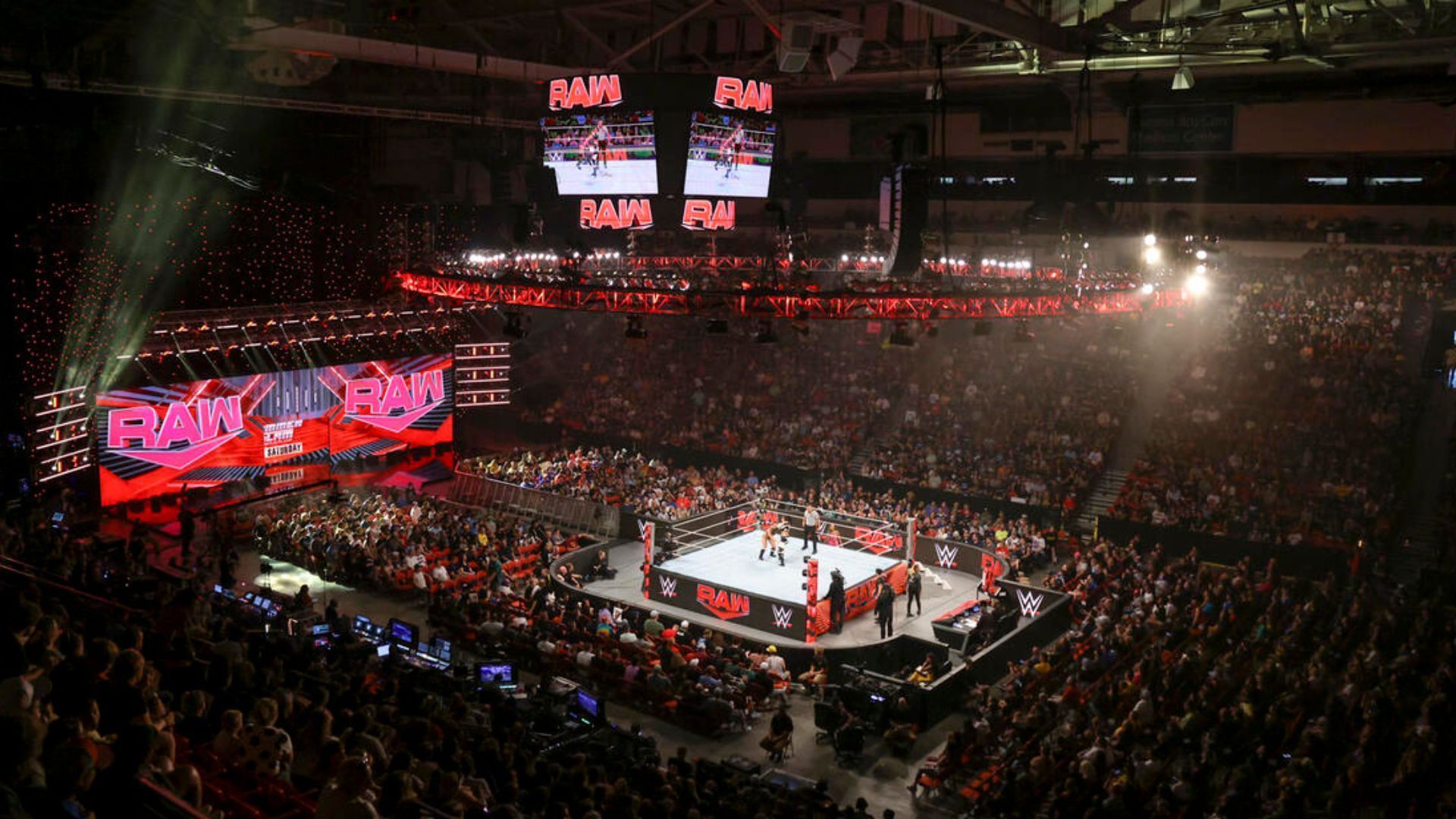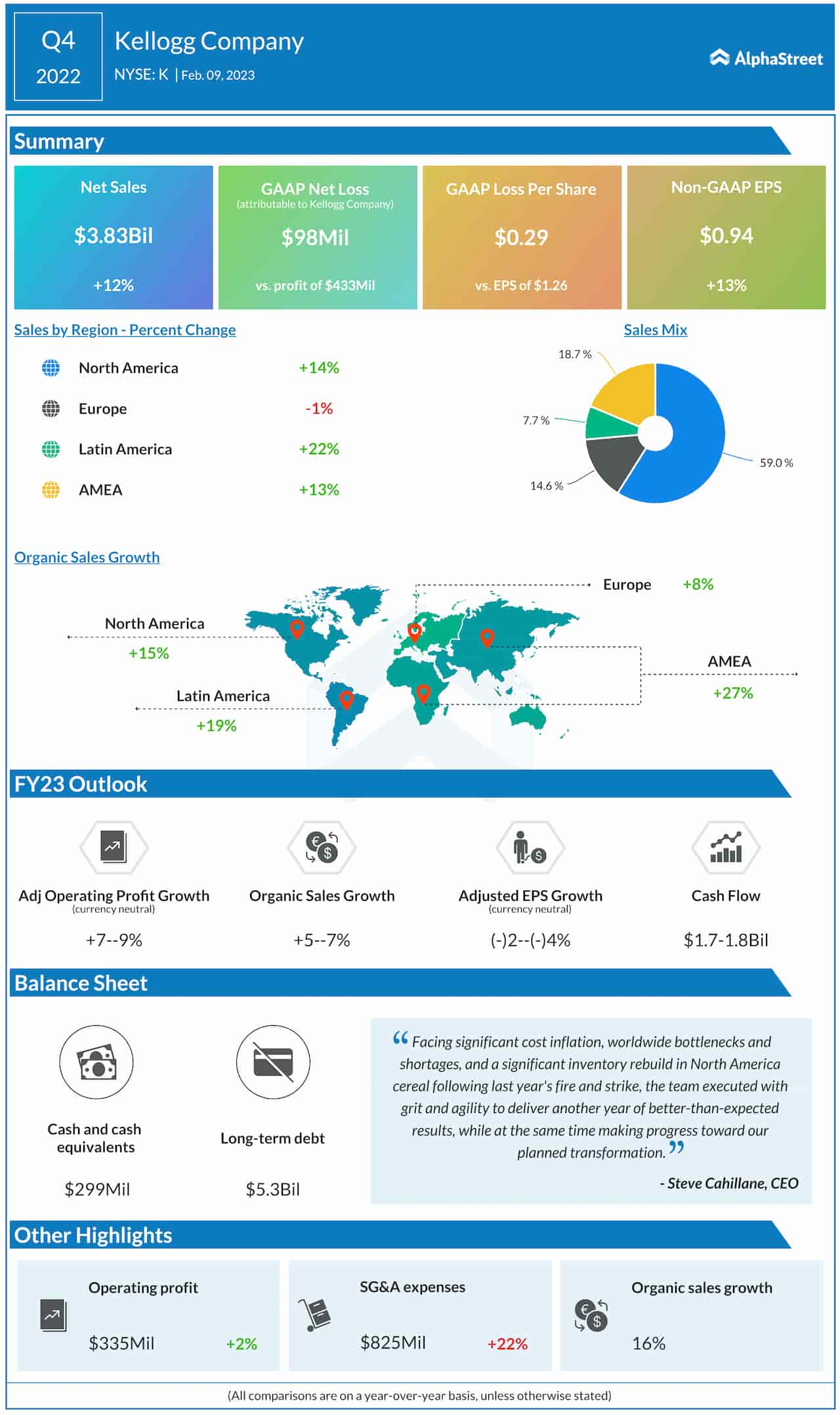Young female footballers in England will have greater access to elite-level coaching under new plans to improve diversity, inclusivity and performance unveiled by the Football Association.
The changes will see the establishment of up to 70 Emerging Talent Centres (ETCs) across the country to help ensure the development of young players between the ages of eight and 16, a move it is hoped will more than double the number of players able to access FA talent programmes.
The new centres are to be jointly funded by the FA and Premier League and aim to raise the number of players engaged from 1,722 to 4,200 by the end of 2023-24. The number of coaches is also expected to rise from 350 to 560 under the ETC system.
There are also plans for the establishment of Professional Game Academies in partnership with Women’s Super League clubs to cater for the development of talented players between the ages of 14-20, in place of the current FA WSL academies, to be funded by individual clubs.
Previously, factors such as geographic isolation and players growing up in areas of high social deprivation have acted as barriers to girls entering and progressing through the pathway from grassroots level.
It is expected that the changes to the pathway will continue work already being done to make top-level coaching accessible to young players from different backgrounds and improve their chances of one day representing the Lionesses.
“We have a responsibility to ensure that every young girl who wants to have a career in football has a clear pathway to doing so,” said the FA’s women’s technical director Kay Cossington. “These changes ensure more focused investment and will address some of the historic challenges many different age groups have faced when trying to access the game.”
The new structure for the girls’ and women’s game comes at the end of a three-year review into the player pathway to ensure it delivers for as diverse a range of players as possible, with the risk of talented prospects slipping through the net or failing to have their potential capitalised upon minimised.
The FA analysed methods being used for girls’ youth development in France, Spain, Germany, the Netherlands, the United States and Japan, on the understanding that assessing different ways of raising female footballers abroad is a better metric than copying the domestic male pathway.
The uniqueness of the women’s game in terms of its pace of development, as well as differences experienced by girls within the game depending on background, have been central to the FA’s thinking, as has a focus on providing opportunities for girls to stay in England for the latter stages of their development when previously they might have been driven overseas or hurried into senior football before they were ready.
Cossington highlighted the example of Manchester United’s Alessia Russo, who left WSL side Brighton aged 16 to play for North Carolina Tar Heels in the US college system before returning to England to play for United in 2020.
“The gap between 16 and 21 is really important,” said Cossington. “The US has filled a void for many players at that age. But do we really want to keep losing them? We want to keep them at home with their families.
The proportion of BAME players into our England age groups, we’ve seen an increase from 7 per cent in 2017-18 to 17 per cent in the 22-23 season
Kay Cossington
“A young girl living in the far south west, instead of travelling two or three hours to get to her nearest professional club, she can (with the ETCs) stay playing for her local club yet still access a player development centre on the first step of the talent system.”
The FA was criticised for a lack of ethnic diversity in the Lionesses team in the aftermath of their successful Euro 2022 campaign last summer.
Cossington said it is a problem that is being addressed, with results among age-group teams already having seen improved representation from non-white backgrounds. It is hope that the new innovations in the pathway will help accelerate the changes that are taking place.
“The proportion of BAME players into our England age groups, we’ve seen an increase from 7 per cent in 2017-18 to 17 per cent in the 22-23 season,” said Cossington. “When we look at our under-17 age group, we can see BAME players selected for our U17s has increased sevenfold, from 5 per cent in August 2019 to 36 per cent in October 2022. Incredible result in a such a small period of time.”















